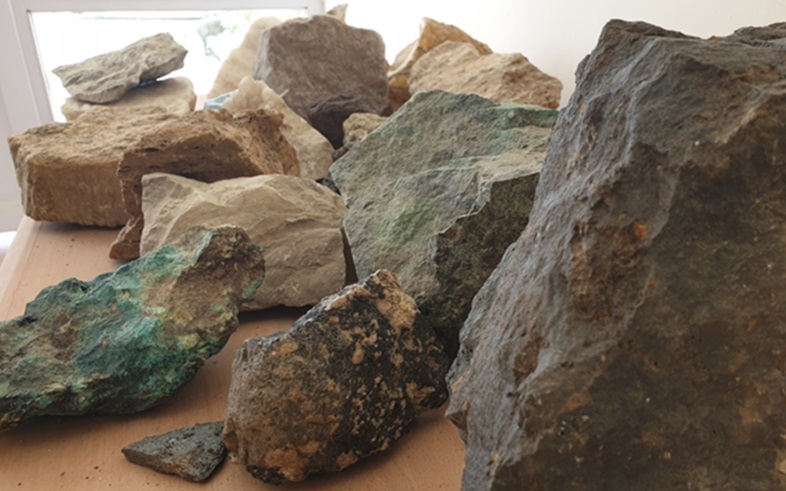Officials of Afghanistan’s caretekar government have announced that for the past three years, the extraction of natural resources in 21 major mines across Afghanistan has been ongoing, with investments amounting to approximately 415 billion Afghanis.
Afghanistan is rich in untapped natural resources, including gold, ruby, iron, lead, chromite, lapis lazuli, oil, and coal. These mines are primarily located in provinces such as Kandahar, Badakhshan, Baghlan, Ghor, Herat, Kabul, Bamyan, Parwan, Panjshir, and Badakhshan.
The Economic Deputy Office of the Prime Minister issued a statement indicating that initial estimates suggest Afghanistan holds natural reserves worth $3 trillion.
The caretaker government has emphasized standard investments in mining as one of its priorities. Officials have stated that the assessment and evaluation of large mines have been completed, and the process of bidding and awarding contracts for their extraction is ongoing.
However, the extraction process and Afghanistan’s share of the revenues have always been controversial. According to the Ministry of Mines, Afghanistan’s share of mines extracted by domestic and foreign companies ranges from 13% to 56%. Specifically, Afghanistan receives 13% from iron mines, 19.5% to 20% from copper mines, 20% to 50% from lead and zinc mines, and up to 56% from gold mines.
Reports indicate that the mining sector has accelerated since the establishment of the new government, and this trend is expected to continue. It is said that in the past, many of the country’s mines were controlled by powerful individuals and government officials, with their revenues often used unlawfully. High-ranking officials, members of parliament, and influential figures were accused of illegal mining and collaborating with mafias.
Additionally, last week it was reported that F-China Oil and Gas, a joint Afghanistan-China company, began drilling 18 new oil wells in the northern provinces of Sar-e-Pul and Jawzjan. This project is expected to be completed by the end of the current year.
The Ministry of Mines recently announced that approximately 10,000 tons of lead and zinc from Bamyan mines were sold through bidding. According to ministry officials, each ton of lead and zinc was sold at 28,995 Afghanis, generating a total revenue of around 290 million Afghanis.
Despite these developments, the Hajigak iron mine in Bamyan Province, considered one of the largest and most important iron mines in Afghanistan and the region, remains untouched and unextracted.











Read More
In 2024, government offices in Bamyan generated approximately 852 million AFN in revenue
Completion of Imam Khomaini Specialized Hospital Construction in Bamyan
A Number of Bamyan Citizens Protested Against the Request for an Arrest Warrant for the Leader and Chief Justice of Afghanistan’s Caretaker government.